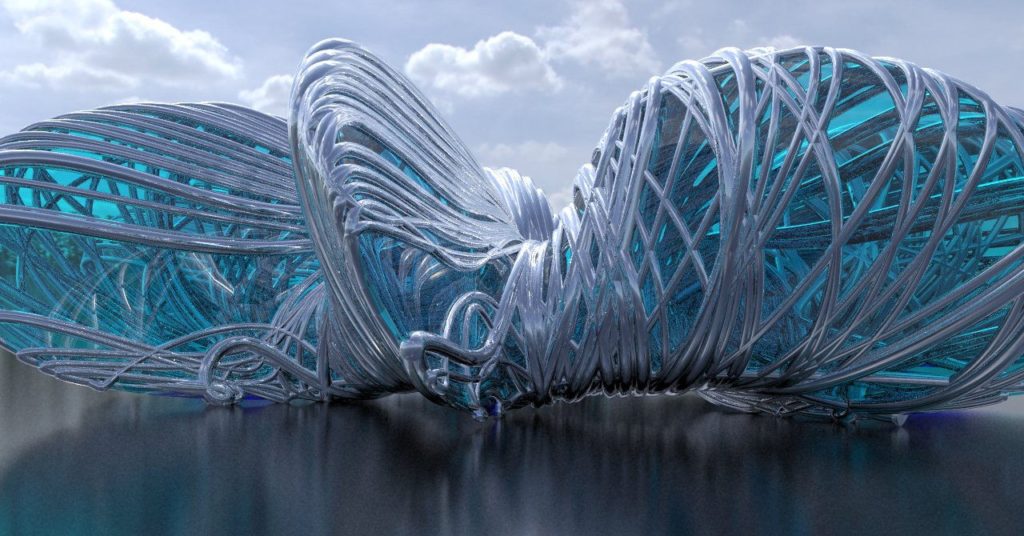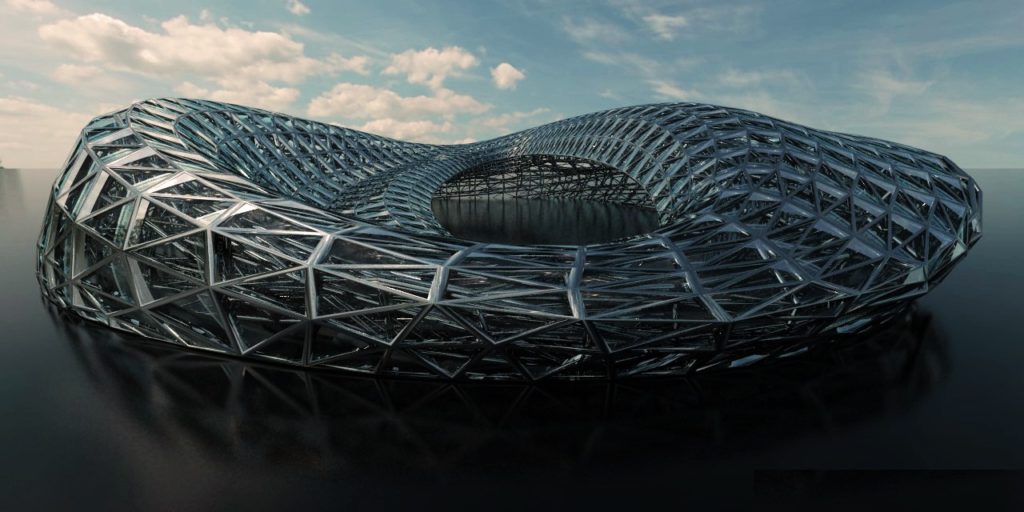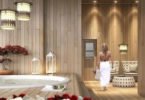So, this is all about Parametric Design and their use in architectural structure design with dynamic and free flow building shapes. Yes, parametric design is changing architectural practice forever. Parametric is redefining architecture like nobody ever imagined. It has already been used by the world’s largest architectural firms in some of the most prestigious projects designed in recent years. New technology in terms of software for design, manufacturing, and execution is making this possible. But before, we get into any of that; let’s get the ideas about what it really is?

What is Parametric Design?
Parametric design is a process based on algorithmic thinking that enables the expression of parameters and rules that, together, define, encode and clarify the relationship between design intent and design response. In simple words, parametric design works on a few parameters. So if we were to change the values of those parameters, the result would change. Just like in the case of a quadratic equation.
If we are to change the values of x, the result would change. The form of a building is based on these parameters changing via a dataset.
In the image above, the design of the built form on the left is totally dependent on the parameters set on the right. The parameters include the height of the floor, entrance heights, degree of rotation and so on and henceforth. When the designer changes these parameters, the form of the building on the left changes automatically. In its, basic sense, this is what parametric design is. Now, let’s understand some of the types of parametric design.
Types of Parametric Design:
Above is the upside down force model of the Colònia Güell in Sagrada Família Museum, one of the first uses of parametric design in the world. The weights attached to the end of the strings are meant to define the curvature of the arches. Thus, data via the weight attached to the end of the string defined the curvature of the arch.
The following are the two different types of parametric design (propagation based and constraint types)
Propagation-based systems are systems where one computes from known to unknowns through a data flow model.
Constraint systems solve sets of continuous and discrete constraints.
Now, that we have a brief understanding of parametric design. Let us understand the advantages, disadvantages and some of the opportunities that come along with this new way of technology.

Advantages of Parametric Design in Architecture:
Parametric design allows you to design buildings which were earlier impossible. The complex designs, manufacturing, and execution of such buildings have only been made possible by the advent of new and forward-thinking technology. The following are some of the advantages of parametric design.
- Creating One of a kind structures which were not possible earlier.
- Bridging the gap between design intent and response through mathematics.
- Parametric offers immense potential as a new way to design and imagine built forms.
Disadvantages of Parametric Design in Architecture:
Now, that we understand the advantages and features of this revolutionizing technology, let us also understand some of its drawbacks. The following are some of them.
- Manufacturing Infrastructure is not present in most places.
- Most Engineers and technology alike need to be invited/imported.
- Longer Gestation period.
- Higher Cost.
- Skilled Workers & Contractors required.
The Future of Parametric Design in Architecture:
Well, every new technology has some advantages and drawbacks. But, according to most successful architects who are already embracing this technology, parametric is the future. This is how the future looks like 10 years down the road.
Clients demanding to build their dream projects with the latest technology and architectural language. Architects & Firms a like building a niche in the various areas of parametric design through research & experience (through smaller projects). A great amount of opportunity and “land grab” to become the leading parametric architects. The demand for parametric design in smaller projects
Examples of Parametric Design:
The following are two examples of parametric design used in a residential project and in a public project.
THE R TORSO C, ATELIER TEKUTO, JAPAN
CENTRE POMPIDOU-METZ, FRANCE – SHIGERU BAN ARCHITECTS
Opportunities in the Parametric Design Field:
The following are some of the opportunities that are cropping up for architects, entrepreneurs, and professionals in this field.
As an Architect: As an Architect who is futuristic and progressive. Develop a niche and take the First Mover Advantage
As an Entrepreneur: CNC Company, 3D Modelling Company, Niche Construction Company, Maintenance Company.
As a Professional: CNC Operator, Skilled Contractor.
In Conclusion, we would like to say that Parametric Design is that one technology that is going to and is already changing architecture forever. So rather than ignoring it and shunning it way, it is our humble appeal to our readers and fellow architects to understand this technology and to embrace it. Stay Tuned for Reading more about Parametric Design! To be followed up with Steps to Design a Parametric Building.






